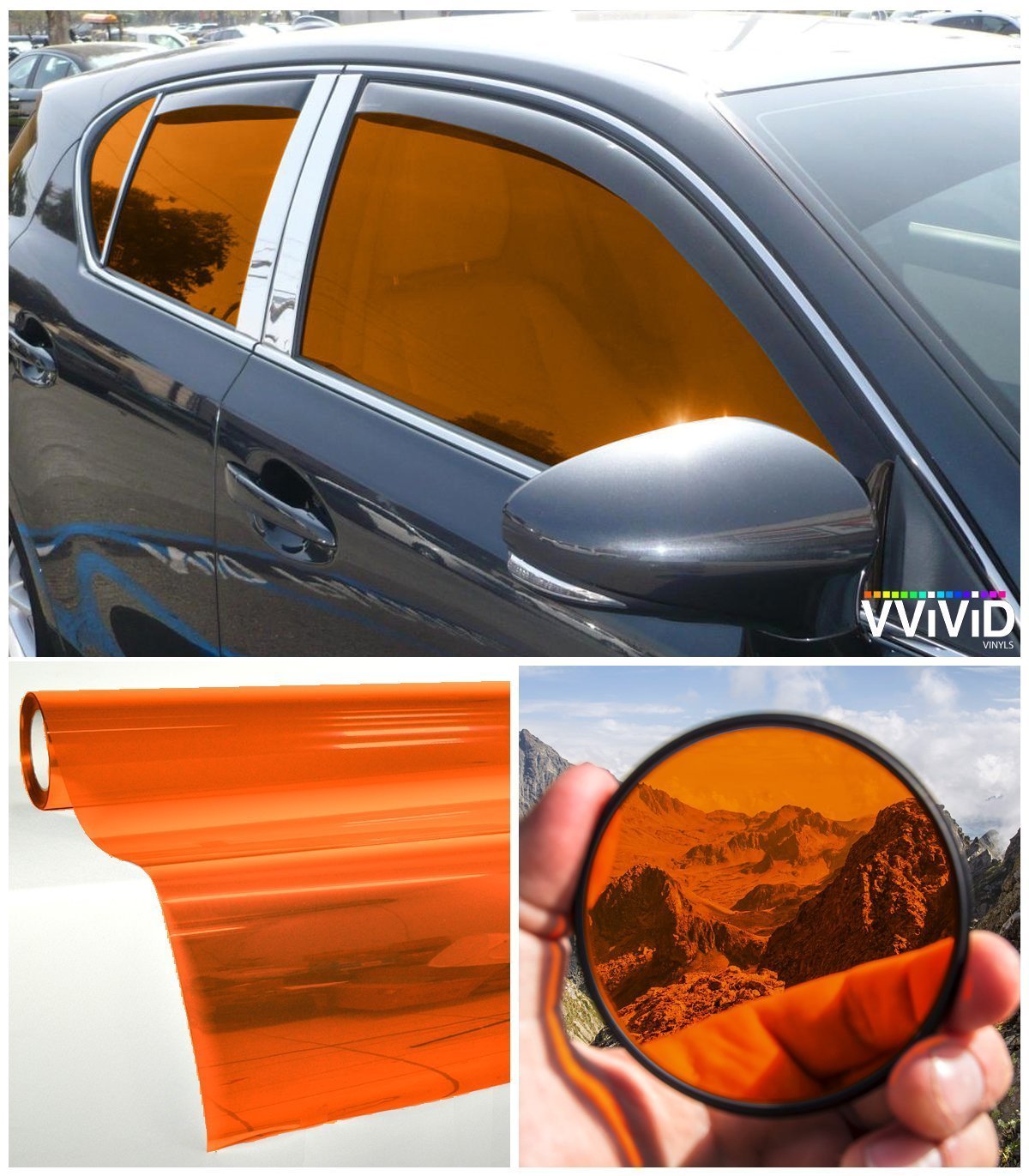Auto Window Tinting: Improve Your Automobile's Design and Personal privacy
Auto Window Tinting: Improve Your Automobile's Design and Personal privacy
Blog Article
Window Tinting Rules and Standards: What You Required to Know Prior To Tinting Your Auto
Before continuing with window tinting for your automobile, it is important to familiarize yourself with the varied legislations and standards that govern this technique across various states. These regulations determine the allowable degrees of tint darkness, typically gauged by noticeable light transmission (VLT) portions, and consist of particular specifications for front windshields intended at making sure roadway security. Furthermore, specific territories might supply medical exemptions for people with qualifying problems. Comprehending these intricacies can save you from possible lawful ramifications, yet what are the specific regulations in your state?
Overview of Window Tinting Regulations
Window tinting regulations are regularly subject to variant across various jurisdictions, reflecting neighborhood laws and safety and security considerations. These regulations determine the permissible levels of color darkness and reflectiveness on lorry windows, making sure that drivers preserve adequate exposure while additionally protecting versus hazardous UV rays and warm.
A lot of regulations classify window tinting based upon the Visible Light Transmission (VLT) portion, which suggests the amount of light that can travel through the home window. Generally, lower VLT percents represent darker colors. Laws usually distinguish between the front, side, and rear windows, with more stringent limitations related to the front windshield to improve safety for both the vehicle driver and various other road users.
Furthermore, some jurisdictions impose restrictions on the reflectivity of the tint, stopping extreme glow that can harm exposure. Exceptions to these legislations may exist for people with details medical problems needing additional sunlight protection. Compliance with home window tinting laws is crucial, as infractions can result in fines, required elimination of the color, and possible boosts in insurance policy costs. It is important for vehicle owners to acquaint themselves with local laws before proceeding with home window tinting installations.
State-by-State Tint Regulations
Recognizing the details window tinting regulations in each state is essential for automobile owners looking for to adhere to the legislation. Each state in the U.S. has actually established its very own collection of rules regulating window tinting, which can differ significantly. These regulations usually determine the allowed levels of tint darkness, the sorts of home windows that can be tinted, and any clinical exemptions that may use.
As an example, states like California have strict restrictions on tint darkness for front windows, while others, such as New Mexico, might allow darker colors. In addition, particular states mandate details presence portions for numerous windows, consisting of the windshield, front side home windows, and rear home windows. It is important for auto owners to familiarize themselves with their state's legislations to avoid possible fines or fines.
Additionally, some states may need a certification sticker to be put on colored home windows, indicating conformity with state laws. Failing to stick to these guidelines not just runs the risk of legal consequences but can also impact safety and security and exposure while driving. As a result, automobile proprietors need to carry out thorough study or get in touch with regional authorities to guarantee complete understanding and compliance with state-by-state color policies.
Allowed Tint Kinds and levels
Numerous car owners may be amazed to learn that enabled tint degrees and kinds differ widely across different states. Each state has developed its very own laws regarding the permitted darkness and reflectivity of window tint, often measured by Visible Light Transmission (VLT) portions. VLT describes the amount of light that can pass through the tinted home windows; hence, a lower percent shows a darker color.

Furthermore, the kinds of tint products permitted can vary, with some states restricting metal or mirror-like coatings. It is necessary for lorry proprietors to acquaint themselves with their state's details legislations to make certain conformity. Non-compliance can lead to penalties, compulsory elimination of the tint, or other lawful repercussions, making it crucial to comprehend these regulations before waging setup.
Medical Exceptions for Tinting
While not all states offer allocations for medical exceptions pertaining to window tinting, those that do recognize the necessity for particular people look at here to improve exposure and convenience because of clinical problems. Numerous clinical conditions, such as lupus, skin cancer cells, and particular eye disorders, can render people especially sensitive to sunshine. These people might call for darker tints to protect themselves from hazardous UV rays and glare.

It is very important to note that also with a medical exception, there may still be limitations on the degree of tint allowed. Conformity with state regulations guarantees that people are both secured and within legal restrictions. Those considering clinical exemptions should contact their neighborhood Department of Motor Vehicles or comparable authority to recognize the needs and treatments necessary to make an application for an exception properly.
Fines for Non-Compliance
Stopping working to adhere to home window tinting regulations can lead to considerable charges, which differ by state. Police are encouraged to issue citations for lorries that do not abide by the specified tinting guidelines. These charges typically include penalties, which can range from modest amounts to numerous hundred i was reading this dollars, relying on the seriousness of the violation and the state in inquiry.
In some territories, duplicated offenses may result in intensifying penalties or extra fines, such as mandatory court looks. Non-compliance may require the removal of prohibited tinting, often at the proprietor's expenditure. In severe situations, habitual transgressors may encounter suspension of their automobile enrollment up until compliance is achieved.
Furthermore, insurance policy implications might emerge from receiving multiple citations for home window tint infractions. Insurance companies might see such infractions as a sign of riskier habits, potentially causing enhanced premiums or difficulty in protection.
To prevent these charges, it is essential for vehicle proprietors to familiarize themselves with their regional home window tinting legislations and make certain that their automobile complies (Window Tinting). This positive technique not just stays clear of lawful implications but likewise advertises roadway safety and security
Verdict

Many guidelines classify home window tinting based on the Visible Light Transmission (VLT) portion, which indicates the amount of light that can pass via the home window. Conformity with home window tinting laws is essential, as infractions can you can try this out result in fines, mandatory removal of the tint, and potential increases in insurance costs.Understanding the details window tinting policies in each state is crucial for lorry proprietors seeking to comply with the law. These guidelines usually dictate the allowable degrees of color darkness, the kinds of home windows that can be tinted, and any kind of medical exceptions that may use.
For circumstances, states like California have rigorous constraints on tint darkness for front windows, while others, such as New Mexico, may allow darker colors.
Report this page